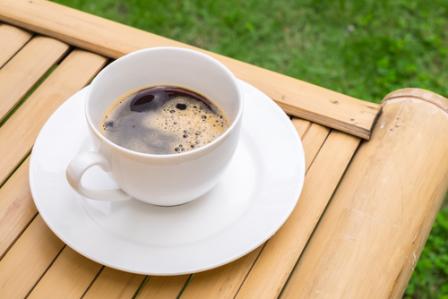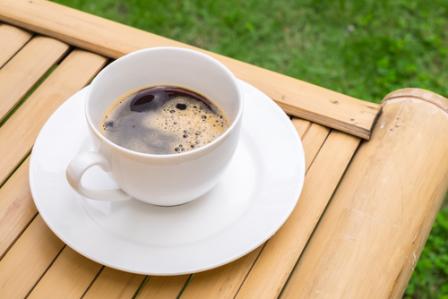
 Fifty-four percent of American adults are coffee drinkers with the average intake being at least three cups of coffee per day. As you can guess, this adds up: the US spends roughly $40 billion on coffee each year. But the US doesn’t even break the top 20 in a ranking of countries by coffee consumption per capita, coming in only at number 22. Coffee consumption proves highest in the land of the midnight sun: Finland and Norway rank #1 among the top coffee drinking countries in the world, although the Netherlands and Slovenia are not far behind.
Fifty-four percent of American adults are coffee drinkers with the average intake being at least three cups of coffee per day. As you can guess, this adds up: the US spends roughly $40 billion on coffee each year. But the US doesn’t even break the top 20 in a ranking of countries by coffee consumption per capita, coming in only at number 22. Coffee consumption proves highest in the land of the midnight sun: Finland and Norway rank #1 among the top coffee drinking countries in the world, although the Netherlands and Slovenia are not far behind.
There are over 21,000 Starbucks locations alone in the world (with about 12,000 of those being in the US) and our consumption continues to rise. Global demand is expected to increase by an extra 40-50 million bags of coffee over the next decade which is more than Brazil’s entire yearly production. With the current threats to coffee crops that come with climate change, the world could possibly face a severe coffee shortage.
So what has us all so hooked? Let’s discuss the science behind the making of a good cup of coffee as well as its potential health benefits.
The Science Behind a Good Cup of Joe
Coffee beans themselves have little to no taste at all. The flavor, the aroma of coffee: it all comes from the roasting process which releases a large number of chemicals from the tiny bean. In fact, the average cup of coffee contains more than 1,000 chemicals. To transfer those delicious chemicals to the hot water in our cup, we run water over those roasted beans. To increase our success, we both grind the beans to increase their surface area (and thus more exposure of those chemicals to the water) and heat the water since higher temperatures (and thus energies) speed up the removal of molecules from a solid.
Lucky for us coffee drinkers, smaller and more water soluble molecules like acids will get extracted first and those tend to be the tastier, less bitter flavors. Coffee drinkers are well aware that not every cup is created equal. I have rarely met a cup of coffee that I won’t drink (a little soy milk goes a long way) but I know others who won’t touch, say a gas station brew and insist upon espresso.
The difference lies not in the beans themselves but in the preparation. For espresso, the beans are very finely ground (almost to the texture of...
Keep reading on Quick and Dirty Tips
Tidak ada komentar:
Posting Komentar